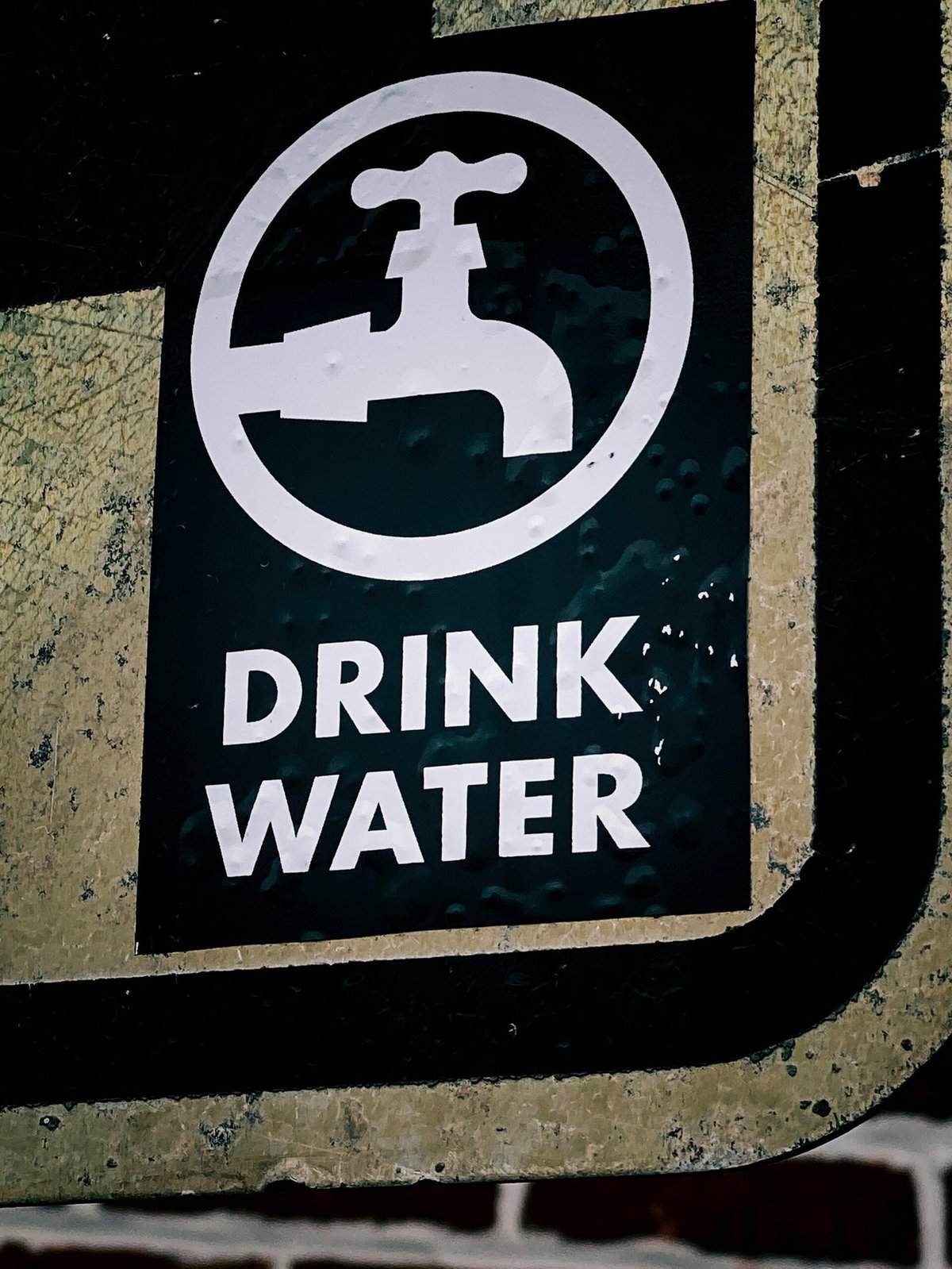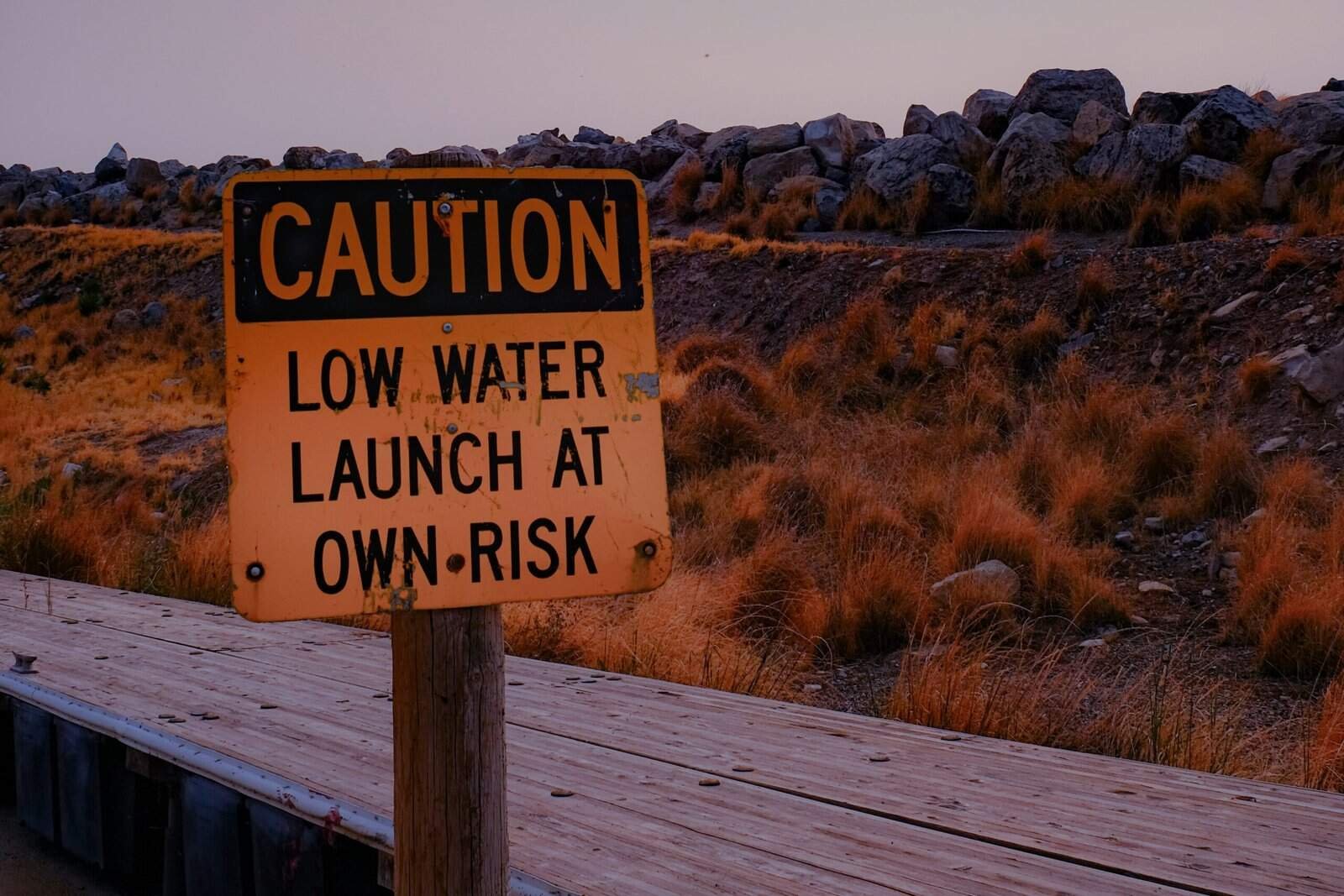Where Can I Find Research on the Safety of Well Water?
Have you ever found yourself wondering how safe your well water really is, and where you might find reliable research to quell those concerns? Ensuring the safety of well water is crucial for anyone relying on it as a primary water source. Research papers can be invaluable sources of information, providing insights into possible contaminants, their health impacts, and solutions for ensuring purity. Let’s make this search for knowledge a little easier for you.

Understanding the Importance of Well Water Safety
Your access to clean and safe water is a fundamental aspect of health and wellbeing. While well water can be a sustainable and cost-effective solution for many, the potential for contamination through natural or human-induced processes raises significant concerns. Understanding these risks starts with comprehensive research. By accessing studies on well water contaminants, you can learn about potential pollutants like nitrates, bacteria, heavy metals, and more. Knowledge in this area will empower you to take preventative actions, conduct regular water testing, and implement treatment solutions if necessary.
Why Are Research Papers Valuable?
Research papers offer a wealth of systematically gathered information and insights validated through scientific methods. These academic publications typically go through a rigorous peer-review process, ensuring their credibility. By turning to these sources, you can gain a detailed understanding of how various contaminants affect well water safety and human health. Moreover, these papers often provide suggestions for improvement, including advanced treatment technologies and policy recommendations.
Where to Begin Your Search
Finding the right databases and sources is critical when searching for academic papers on well water safety. Here are some avenues you can explore:
Academic and Research Databases
Google Scholar: A user-friendly, freely accessible search engine that indexes a multitude of academic publications. It is a great starting point for accessing a broad range of research articles.
PubMed: Managed by the National Institutes of Health, PubMed is an excellent database for finding research papers related to health, medicine, and biochemistry. You can specifically search for topics related to water safety and contaminants.
ScienceDirect: A leading full-text scientific database that offers journal articles and book chapters from more than 2,500 peer-reviewed journals and more than 11,000 books. Focusing on journals related to environmental science might yield the best results.
JSTOR: A digital library that covers numerous disciplines. It can provide several papers on environmental science, public health, and safety, particularly papers published in major scientific journals.
University Libraries
Many universities allow public access to their digital libraries where you can find research papers and theses on well water safety. MIT Libraries and the University of California’s eScholarship are two notable examples.
Understanding Key Terms in Well Water Research
When reading research papers on well water safety, you may encounter several scientific terms. Having a grasp of these can enhance your understanding:
Pathogens: These are bacteria, viruses, or other microorganisms that can cause disease. In well water, common pathogens include E. coli and Giardia.
Contaminants: Refers broadly to any physical, chemical, biological, or radiological substances in water that are potentially harmful.
Nitrate/Nitrite: Often found in fertilizers and can run off into well water. High levels can cause blue baby syndrome in infants and other health issues.
Heavy Metals: Elements like lead, arsenic, and mercury that can be harmful if consumed in large amounts and can sometimes be found in groundwater sources.
By familiarizing yourself with these terms, you’ll navigate research papers more effectively and understand the implications of their findings.

Key Topics in Well Water Research
Health Effects of Contaminants
Research papers often detail the health effects associated with specific contaminants found in well water. Here are some examples:
Microbial Contaminants
The presence of microorganisms such as bacteria, viruses, and protozoa can lead to various illnesses. Studies on microbial contaminants often assess the prevalence of diseases like cholera and dysentery originating from contaminated wells.
Chemical Contaminants
Chemicals such as pesticides, industrial solvents, and various organic compounds present serious health risks, including carcinogenic effects and endocrine disruption. Researchers often study how these contaminants get into well water and their chronic health effects.
Arsenic and Other Heavy Metals
The toxicity of heavy metals in drinking water is a major concern. Research focuses on sources, methods of reducing exposure, and health conditions affected by heavy metals present in well water.
Risk Assessment Studies
Research papers provide insights into assessing the risk associated with consuming contaminated well water. These studies often use models to predict potential health risks and suggest new methodologies for accurate risk assessment.
Water Treatment and Purification Methods
This area of research investigates techniques and technologies designed to remove contaminants from well water. Studies might focus on practical applications, such as phosphate removal systems, or cutting-edge technologies, like nanofiltration.
Geographical Studies
Understanding the geographical differences in contamination and their underlying causes is vital. Research works analyzing regional case studies can help pinpoint common contaminants specific to different regions and provide context-specific recommendations.
The Role of Government and Non-Governmental Organizations
Both government agencies and NGOs play crucial roles in supporting research and ensuring public access to trustworthy information about well water safety. Here’s how they contribute:
Government Agencies
Government bodies such as the Environmental Protection Agency (EPA) in the U.S. conduct and fund research, set water quality standards, and provide guidance on well water testing and treatment. Similarly, agencies worldwide play crucial roles in protecting public health.
| Agency | Role and Contribution |
|---|---|
| U.S. EPA | Provides guidelines for well water testing, funds research, and develops water quality standards. |
| CDC | Conducts health-based research on drinking water safety and investigates outbreak sources. |
| World Health Organization | Offers international guidelines and promotes research on water safety at a global level. |
Non-Governmental Organizations (NGOs)
Organizations like the Water Quality Association and the International Water Association often partner with research bodies to promote studies on well water safety. They disseminate information and best practices to the public, assisting residents and local governments alike.

Practical Steps to Secure Safe Well Water
In parallel to accessing research papers, you should adopt practical measures to enhance your well water safety based on the information you acquire:
Regular Testing
Research frequently emphasizes the importance of regular water tests. Depending on local guidance and identified risks, scheduling annual tests for bacteria, nitrates, and other primary contaminants is essential.
Maintenance of Your Well
Maintaining your well in good condition can prevent contamination. Regular checks and professional inspections of well components are critical to ensuring ongoing safety.
Water Treatment Solutions
Implementing treatment solutions as indicated by research findings can mitigate risks. This could include installing water filtration systems or adopting chemical treatment processes to neutralize contaminants.
Ethical and Policy Considerations
Research into well water safety isn’t just about contaminants and methods; it involves ethical and policy considerations as well. Ensuring equitable access to clean water demands highlighting and addressing environmental justice and policy enforcement. Research papers often recommend policy changes for improved well water management and propose frameworks for safeguarding vulnerable populations.
Community Engagement in Policy Change
Active community engagement in understanding and influencing water safety policies is fundamental. Through participation in local meetings and advocacy for stronger protective measures, communities can drive significant improvements based on insights derived from research.
Implementation of Comprehensive Policies
Effective policies informed by research can standardize how well water is tested, treated, and maintained. Through government regulations and proactive community involvement, more robust safeguards can ensure public health protection.

Conclusion
Research papers are a cornerstone in understanding well water safety, catering to your inquiries about potential risks and solutions. Identifying reliable research sources continues to empower you, providing both the knowledge and the confidence to act. By embracing research-backed information, engaging in preventative practices, and advocating for strong regulations, you contribute to a legacy of health safety improvements for your community.
Embark on your journey into the world of well water research and contribute positively to the safety of this indispensable resource. We may find ourselves asking questions, but with access to the right information, we can participate in ensuring water safety for all.

